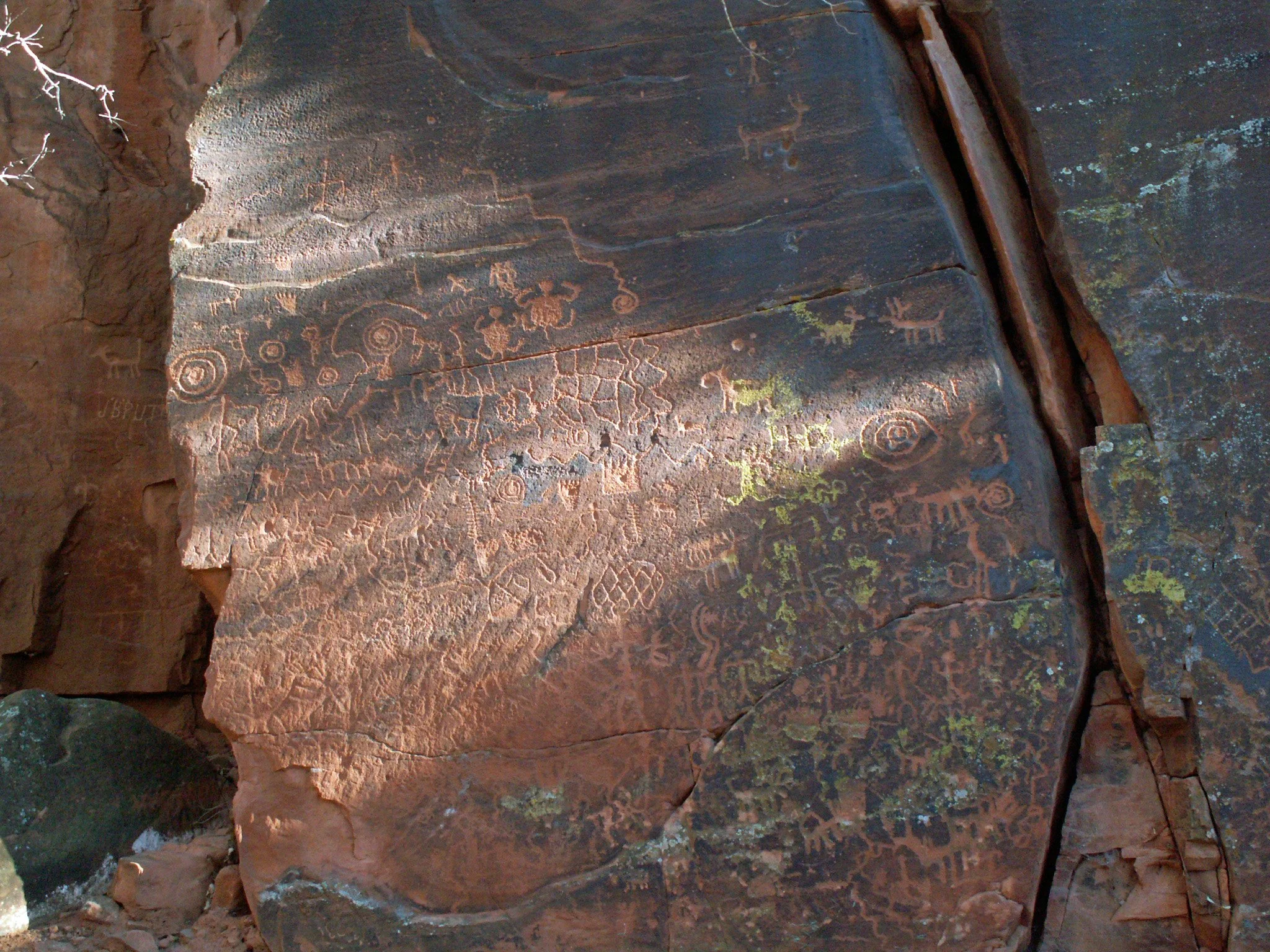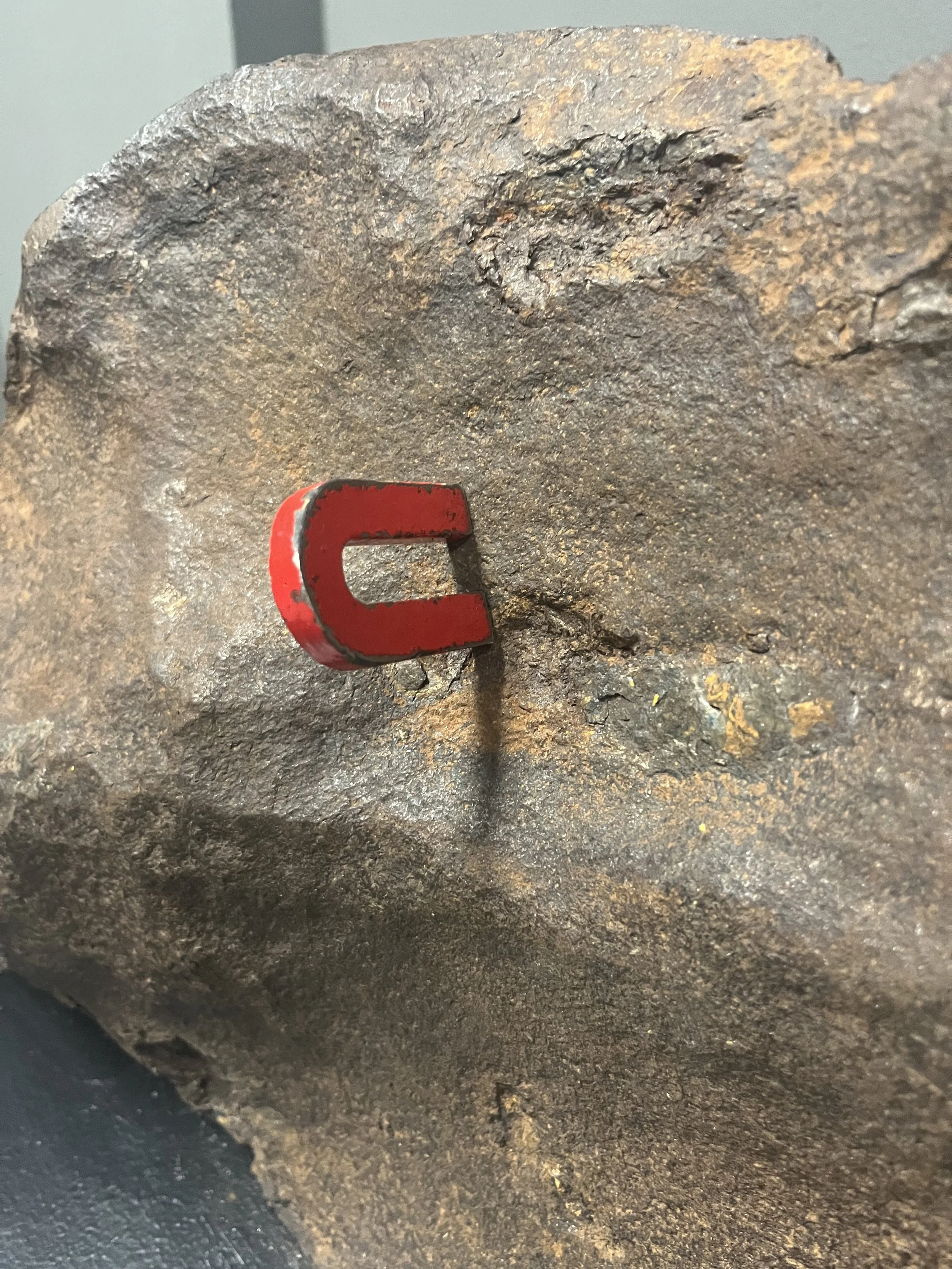Educating on the Night Sky Past and Present
Humans have always been captivated by the night sky, incorporating the stars and planets they see into their beliefs and mythologies, and using them to measure time and important dates as evidenced in solar calendars, rock art, and traditions. This October, our members went to Lowell Observatory in Flagstaff to view some of these celestial wonders that have fascinated people since time immemorial.
Education is one of the three pillars of VVAC’s mission —alongside conservation and preservation— and VVAC strives to educate both within the museum and beyond, especially for membership.
Trip leaders Monica Buckle and Richard McGaugh selected this excursion because of recent discussion around the interstellar comet 3I/ATLAS and to explore the observatory’s recently renovated state-of-the-art facility.
“It's paramount that what is curated here in the museum space, is extended outwards with programming,” said VVAC’s Executive Director, Monica Buckle, always making sure that members have the opportunity for educational excursions. “It's critical for us to get out onto the land and visit with respect, or to visit other cultural institutions and broaden our exposure.”
Lowell Observatory was established in 1894 by Percival Lowell with the intention of studying Mars and the possibility of intelligent life there. He also believed that a ninth planet must exist, “Planet X,” and a telescope was built after his death for the purpose of finding this planet. Pluto was discovered in 1930 by Clyde Tombaugh using the 13-inch Lawrence Lowell Telescope, more commonly known as the Pluto Discovery Telescope. Today, the observatory serves a dual mission of education and research.
Our members received a presentation on the solar system and watched various film screenings, guided by two astronomers. Members then viewed the night sky at the Giovale Open Deck Observatory and although 3I/ATLAS was not in view, they saw R2 SWAN, another comet that was discovered in September, and the Andromeda Galaxy.
Participants also viewed Saturn through the historic Clark Telescope, with its rings and moons visible. Built in 1896 as a 24-inch refractor, the Clark Telescope is housed in a dome constructed of ponderosa pine, tying in a unique perspective on the historic archaeology of the observatory. To recognize its cultural and scientific heritage, Lowell Observatory was designated a National Historic Landmark in 1965.
In 1958, Flagstaff created the world’s first lighting ordinance to protect dark skies and in 2001, Flagstaff was recognized as the world’s first International Dark Sky City.
Camp Verde was designated an International Dark Sky Community in 2018. The area’s dark skies continue to inspire and encourage residents and visitors to learn more about not only astronomy, but about the cultural astronomy of the land’s early inhabitants as well.
Cultural astronomy focuses on the astronomical relationships to past and present cultures and the uses those cultures made of astronomy. In the greater Verde Valley region, there are many sites that exhibit the use and knowledge of early peoples using celestial objects to mark time, such as the Crane Petroglyph Heritage Site.
Ken Zoll, VVAC’s Director Emeritus, has done extensive research on the petroglyph site, first hypothesizing that one of the panels was a solar calendar. He started researching the site in 2005 after observing how the rocks shaped light into a line that matched up with corn planting indications. He found that the panel displays a sequence of lighting events over a 12-month period, marking annual events like winter and summer solstices.
“Cultures the world over have always looked to the cosmos to contextualize their place in the bigger schism of everything,” said Buckle.
Tying this universal thread into the physical museum space, our Indigenous Astronomy and Cosmology Gallery centers on the ancient astronomical practices in the Verde Valley and houses various meteorites on loan from Arizona State University's meteoritic studies department.
The Fossil Springs Meteorite is magnetic, and the Camp Verde Meteorite was given an Ancestral Hopi ceremonial burial, signifying how ancient people viewed these objects falling from the sky as something to be revered.
Zoll has also done extensive research on Harvey Harlow Nininger, a meteoriticist considered to be the father of American meteoritics. In his book “H.H. Nininger: Master of Meteorites,” Zoll recounts the life of Nininger who dedicated his life to studying meteorites, from pioneering technology for harvesting and studying meteorites, to opening the American Meteorite Museum.
“Why do we have meteorites on view as an archaeology museum stewarding ancestral Native American cultural items?” asked Buckle. “It comes down to the sophisticated techniques of Indigenous cultures, not just here in the Southwest but globally, and the precision of their methods of sun watching, stargazing, and keeping time. It wasn't because of modern instruments that now we know astronomy. Observing celestial objects is something that’s innate to humankind.”
The gallery also contains katsinas commissioned by Darance Makwesa, a master Hopi katsina carver and artist, that correlate to the different aspects of the gallery and provide an Indigenous perspective.
For those wanting to learn more about cultural astronomy and Indigenous perspectives, we offer “Introduction to Cultural Astronomy of the American Southwest” as part of our online classroom. Museum members receive a discounted rate. Please visit this link: https://www.verdevalleyarchaeology.org/course




